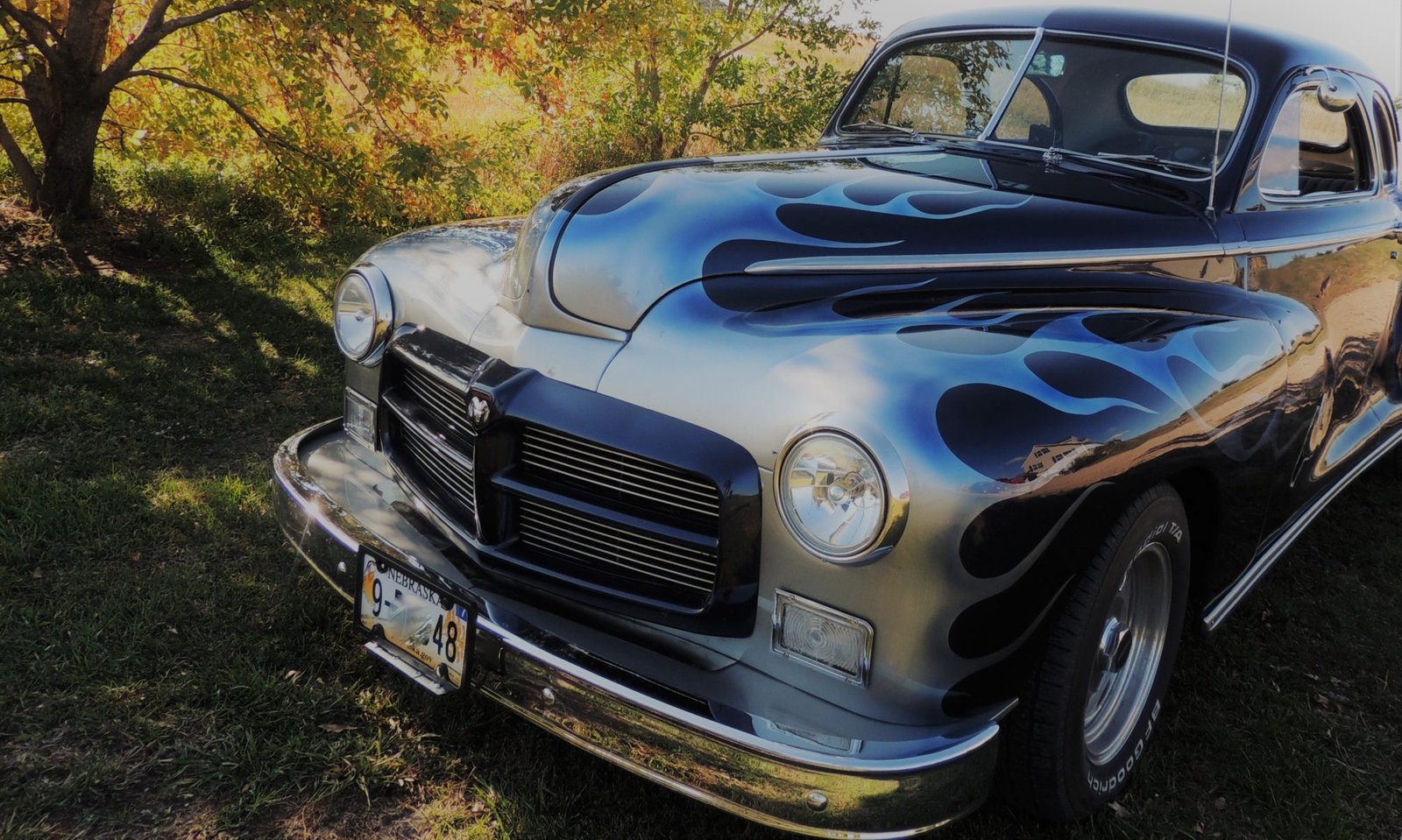
My last post contained a description of the lavish 1917 St. Louis Auto Show, and one of the many cars on display at that event was a Ben-Hur. The Ben-Hur Motor Company had introduced its new automobile to the public at the 1916 Cleveland Auto Show the previous December, and, coinciding with the St. Louis show, it had just opened a showroom in that city at 3308 Lindell Boulevard.

The company had gone to great lengths to create a luxurious showroom experience. The walls were finished in cypress up to a balcony that ran all the way around the room. In the center stood a 700-year-old Italian fountain. The floor was imported hand-painted Welsh tile, and the light fixtures were also imported from France and Austria. There were silk draperies and even a restroom for ladies that included a telephone and a writing table. The real showstopper on display, however, was a chariot, patterned after the description used in the novel of the same name, “Ben-Hur”.
Obviously, the owners were hoping to capitalize on the popularity of the novel by General Lew Wallace and the Klaw and Erlanger stage production of that story. The national tour of that production ran for more than 20 years, beginning in 1899, and was seen by more than 20 million people. In order to properly portray the famous chariot race, the producers came up with an ingenious plan to show the contesting horses running at top speed before thousands of excited spectators. The chariots were each “pulled” by four horses, and each horse was provided with a separate treadmill, 27 inches wide, on which to run. The treadmills were chains of stout hickory slats, 4 inches wide and covered in rubber and canvas, resting on ball-bearing wheels. This all sat on a heavily braced sub-stage erected two and a half feet below the footlights. To add to the illusion of speed, a fan was concealed in the bow of each chariot to blow the clothing of the drivers and an intricate electrical device below each wheel threw dust into the air. Immense panoramas, 32-feet high and 2000 feet in length, were painted with cheering Romans and revolved from right to left on massive cylinders.

Not only was the chariot in the Ben-Hur showroom patterned after the one described in the novel, that chariot was one that had actually been used in the stage production. No expense was spared in the design of the showroom, and, using the tagline, “There is only one best way to do a thing, ” only the best products were chosen during the manufacturing of the Ben-Hur as well. These specifications appeared in a 1917 advertisement:
AXLES. Timken – front and rear.
CARBURETOR. Float feed automatic, with dash adjustment.
ENGINE. Six-cylinder, 60-H.P. BEN-HUR-Buda. 3 ½” bore, 5 ¼” stroke.
EQUIPMENT. Stewart-Warner Speedometer. Six months Warner electric clock, oil pressure gauge, ammeter, instrument lamp, transmission-driven tire pump, Moto-meter, extra wheel on carrier in rear, special ignition and lighting switch with theft-proof lock. Full set of tools, jack and tire repair outfit, spot light.
IGNITION. Bosch high tension magneto – manual advance.
GASOLINE SYSTEM. Stewart Warner vacuum feed.
LIGHTING AND STARTING. Westinghouse two-unit system.
SPRINGS. Front, semi-elliptic, 38 ½” long, 2” wide. Rear, semi-elliptic, 54 7/8” long, 2 ¼” wide.
STEERING GEAR. Semi-irreversible worm and nut type. 18” Circassian walnut steering wheel.
TIRES. 35 X 4 ½” Miller (geared-to-the-road” on rear).
TRANSMISSION. Selective sliding gear, 3 speeds forward, and reverse.
TOP. Genuine Pantasote.
UPHOLSTERING. Genuine hand-buffed leather. Best long-drawn curled hair and resilient steel springs.
WEIGHT. 3100 pounds.
WHEELBASE. 126 inches.
WHEELS. 34” Goodrich special artillery type, or 34” Kelly wire wheels.

Prices ranged from $1875 for a 4-passenger roadster to $2750 for a 7-passenger touring sedan. Ben-Hur also placed an emphasis on service in their ads: “Uninterrupted day-in-and-day-out use of your car-regardless of who is to blame for accidents, breakages, etc. That is what we intend to give Ben-Hur owners” because “the owner is right.”
All of this luxury and service had a hefty price tag, and one the company was apparently unable to pay using a factory with a capacity of only twenty cars per day. The wheel fell off the company’s own financial chariot, so to speak, and it was in receivership by May of 1918.

***If you have any actual photos of a Ben-Hur automobile, please contact me at americancarhistorian@gmail.com***








